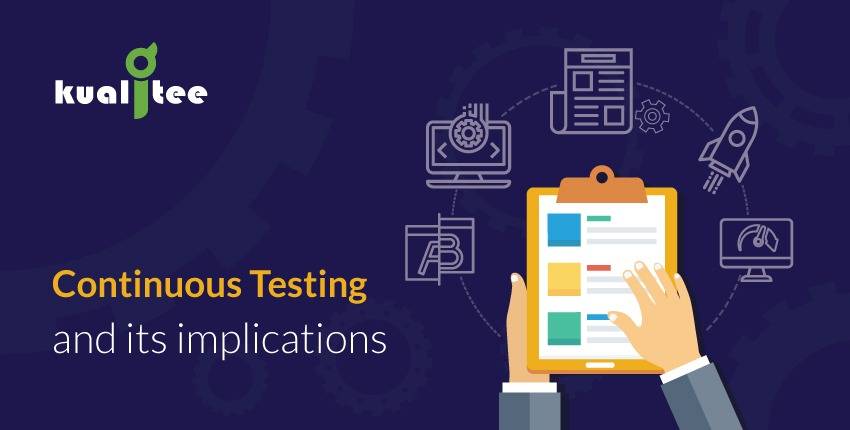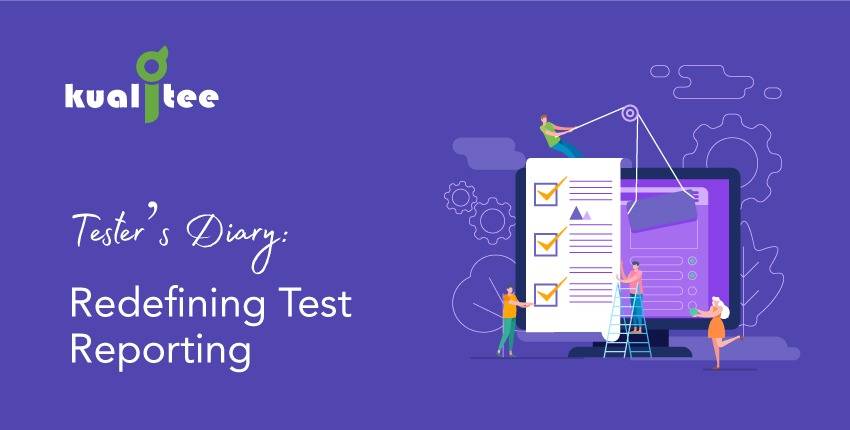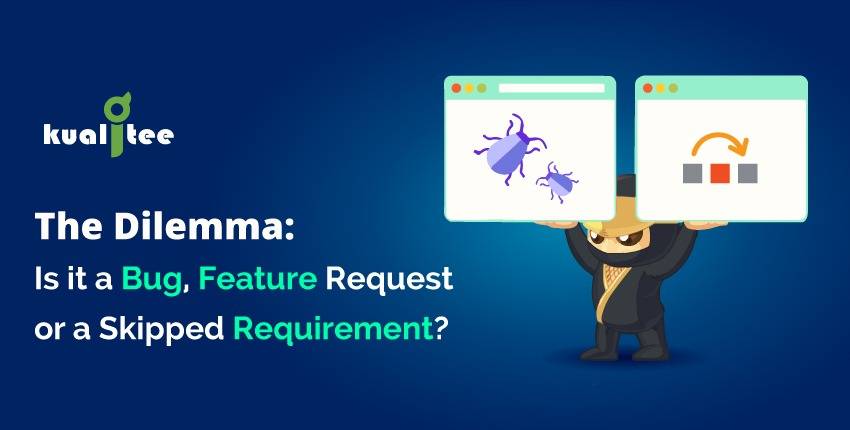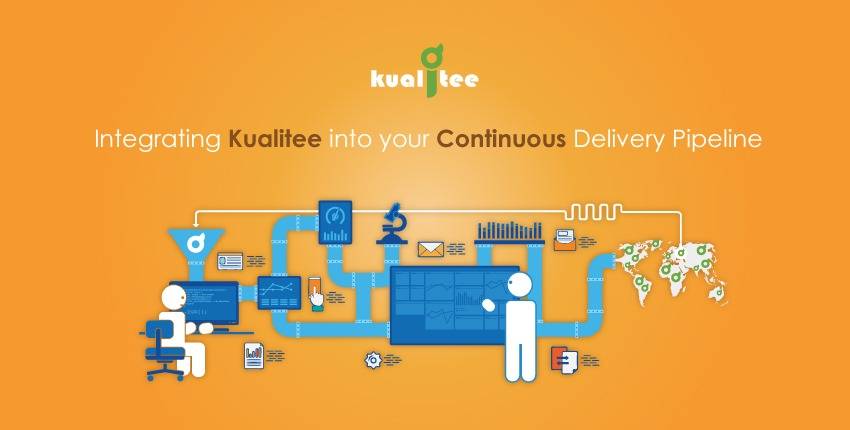Organizations that stay alert about the business-related risks and improvements know the significance of Continuous Testing. For them, it’s a way to assure the continuity of the software delivery pipeline associated with extensive automation to outfit the complicated application development and release.
Continuous Delivery and Continuous Integration are buzzwords highly discussed in the tech world. The increasing demand for quality assured product and risk observation has enhanced the importance of continuous testing.
Continuous Testing is Transforming, How?
Experts say continuous testing is all about bringing change in the already transforming world of Agile and DevOps. It makes sense since every IT hub is moving from old testing techniques to the updated and rapid ones. The reason isn’t unknown ─ that is the user experience.
But surprisingly, businesses are focusing more to adopt Agile techniques of development and testing, as opposed to testing automation. According to a recent study, Agile implementation is now about 88%, while out of these Agile institutions, only 26% have roughly adopted test automation.
Following are some reasons why and how QA professionals can easily implement continuous testing without caring about slow test execution, extra efforts, expensive tools, unstable testing environment, etc.
Business Risk Assessment
Connect automation testing with your business associated risks in order to catalyze test execution, design automated quality gateways, and drive critical feedback platform for product release and delivery decisions.
Minimize Manual Testing
Reduce manual testing execution since it is slow in process and takes much effort. Though, it can’t be overlooked entirely since exploratory testing requires manual or human input.
API Testing
API is all about connecting apps and sub-apps, and for this, testers would need to conduct API layering as well as API testing as a part of continuous testing.
Test Management
Apart from testing, learn to manage testing activities and testing data to allow continuous implementation via end to end testing to get rid of any false-positive results and delays.
Integrate CI/CD tools
After you have adopted automation testing, head for CI/CD techniques and tools to enjoy significant delivery pipeline. It is very imperative to get your functional testing automated via using continuity tools.
Why is Continuous Testing required?
With the increasing change in the business framework, test automation is becoming hard to achieve, but its implementation can’t be compromised and therefore, there must be ways to its effective execution.
Businesses use various virtually combined protocols to accomplish successful ALM and SDLC processes. But now, the application development has become more disseminated and intricate with the integration of cloud servers, APIs, microservers, sub-apps, etc. that require fervent and continuous testing to assure quality and maintain customer satisfaction.
Continuous Delivery, Agile, and DevOps require no timeouts in an app release and this can be achieved by continuous testing only.
Wrapping Up!
Continuous testing focuses to eliminate any business risks because an application or software is a representative of a business that decides the fate of that enterprise. Just a minor glitch can cause serious repercussions that directly affects the user experience. Consequently, app behavior and associated risks have now become a prime concern of major businesses and C-level associates.
Therefore, Continuous Testing proves its vitality in assessing the risks prone to the business’s reputation and state in the marketplace. In the complex and intense application delivery patterns, continuous testing is evolving through traditional test automation ways and indicating towards a secure CX.
Take your decision before your competitors get ahead of you.


























